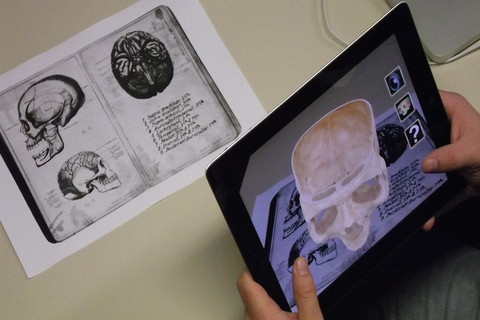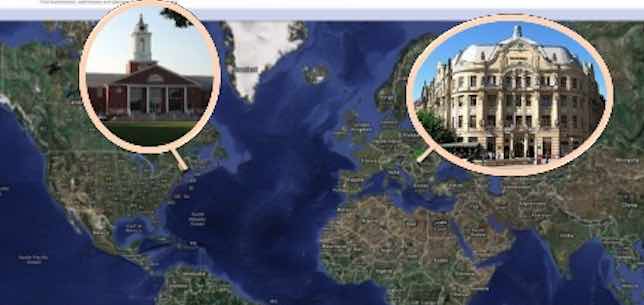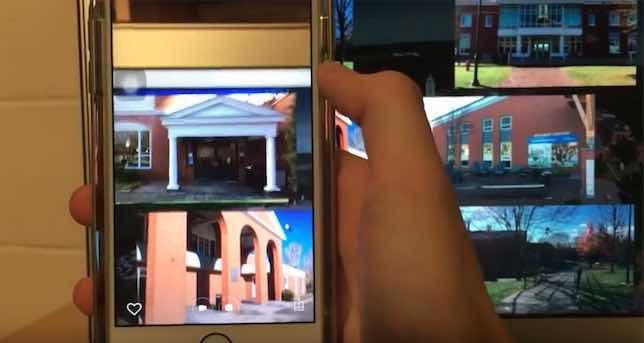
This week’s blog assignment is to research the various ways virtual reality (VR) is used and can be used in global education. I professor provided the class with a variety of VR tools and apps, however, I like to look further into the topic and found a different form of virtual reality. This form of reality has the potential to transform classrooms and global collaborations to further the exploration of students and educators. According to Google, “Augment reality (AR) is a technology that superimposes a computer-generated image on a user’s view of the real world, thus providing a composite view.” Schools around the world have begun to incorporate AR into the classrooms to expand lessons and keep students attention. Here is a link to the article I used in my blog. The professor also presented their findings from their partnership and student’s collaboration at a conference in Texas. Here is a link to their research.
Two professors on two separate continents joined forces to provide their students with an opportunity to learn about augmented reality (AR) while collaborating globally. Bentley University in Waltham, MA (Professor Mark Frydenberg) and the collaborating school is the Politehnica University of Timisoara, in Romania (Professor Diana Andone). Both professors want students to be able to integrate AR into their chosen professions. Mark Frydenberg states, “We wanted to see how students would work together to learn about augmented reality. We hoped that by having them study how augmented reality is used, and by creating examples of their own, they would learn about not only the technology, but also its applications to the business world.” As an educator, it is important to provide students with relevant information, tools, and skills they can apply through their lives especially once they enter the workplace.

Professor Frydenberg paired his first-year introduction to technology multimedia course students with Professor Andone’s seniors the collaboration took place over an eight week period. Students from both universities had to learn how to collaborate with others in different time zones while learning to use the technology and any issues that might have come up. This is great real-world practice for individuals whose chosen field is business and the use of technology is the only way to communicate and collaborate to arrange business deals. The name of their project is TalkTech which both Professor Frydenberg and Andone have partnered for eight years with more than 1,000 students benefitting from this partnership.




Students were placed into smaller groups of four or five where they had to research how augmented reality has been used outside of the gaming world. They then had to create some sort of augmented reality and share it with their partners in Romania. It was important for the students to create their own AR instead of utilizing premade resources from other companies. By allowing students to work through technical problems and exploring the programs they acquire skills and knowledge they would not have if it was prefabricated. This type of project afforded students to have autonomy as they decided which forms of technology they would use to assist them as the communicated, collaborated, explored, and created. Below is a video of how augmented reality is being used in medical schools.
During my research for this blog post, I have come across resources for educators to use when incorporating augmented reality into the classroom. Researchers are being to use both AR and VR with students with autism, learning disabilities, and behavior disabilities. You can find more information about the use of these technologies on ClassVR.